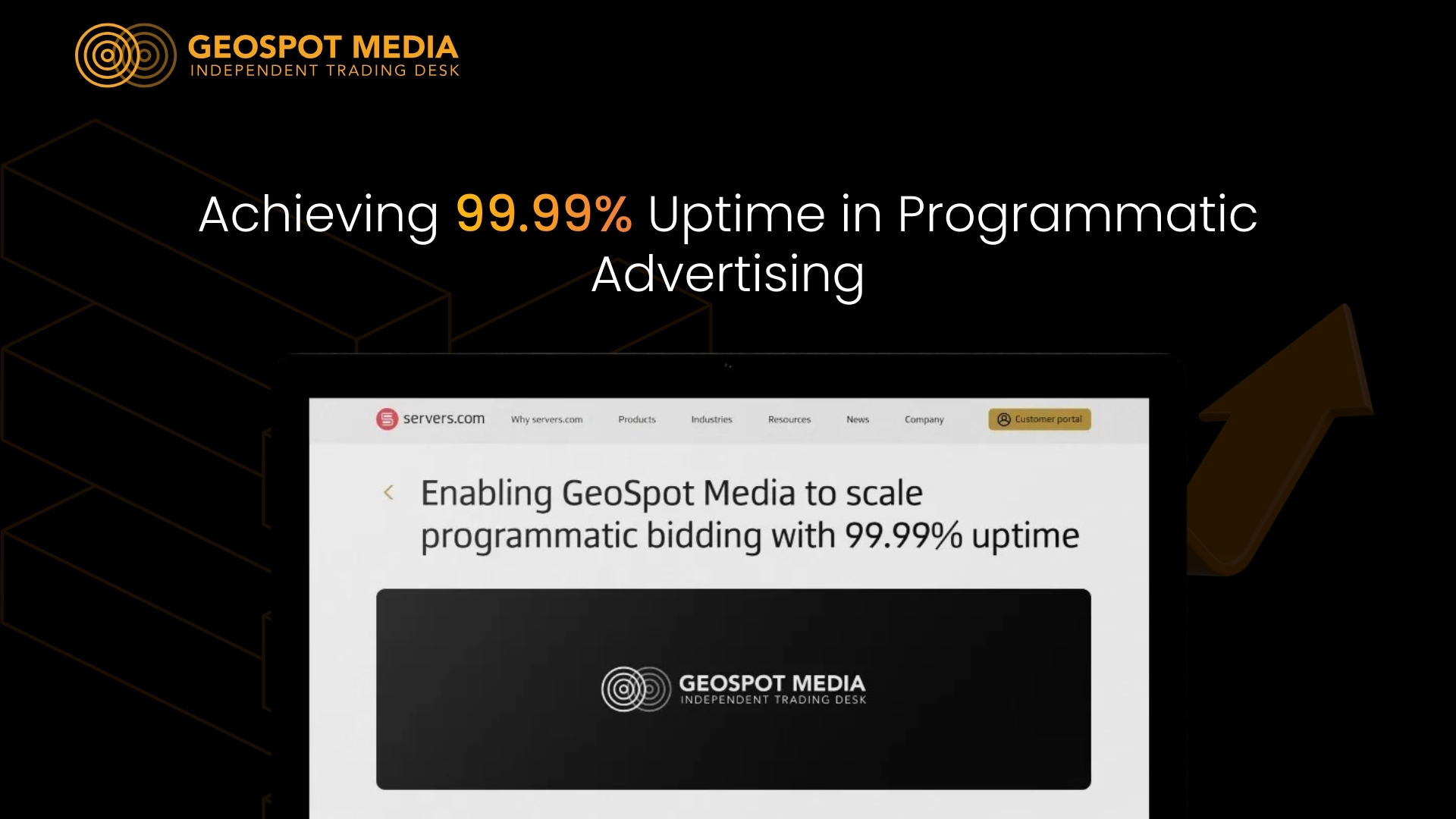How to Build a $1 Million Programmatic Advertising Business Without Tech, Teams, or Media Buying Expertise
Building a $1 million programmatic advertising business might sound like an intimidating goal, especially if you don’t have technical expertise, a dedicated team, or prior experience in media buying. However, with the right strategies, tools, and mindset, this ambitious objective can be turned into a reality.
Programmatic advertising has transformed the way businesses reach their audiences, offering a scalable and efficient model that doesn’t necessarily require deep technical knowledge to get started. In this article, we’ll break down the process into actionable steps to help you launch and scale a successful programmatic advertising business.
Understanding Programmatic Advertising
Before diving into the “how,” it’s essential to grasp what programmatic advertising is and why it’s a lucrative business opportunity.
What Is Programmatic Advertising? Programmatic advertising refers to the automated buying and selling of digital ad space. Unlike traditional methods that rely on manual negotiations and direct deals, programmatic platforms use algorithms and real-time bidding (RTB) to serve ads to the right audience at the right time.
Why Programmatic Advertising?
- Scalability: Programmatic platforms enable you to reach vast audiences globally.
- Efficiency: Automation reduces the time and resources needed for ad placement.
- Data-Driven Decisions: Access to robust analytics helps optimize campaigns for better ROI.
- Growing Demand: The global programmatic advertising market is expected to grow significantly, making it a profitable industry to tap into.
Step 1: Choosing the Right Niche
A niche-focused approach allows you to tailor your services and stand out in a competitive market. Here’s how to choose the right niche:
Assess Market Opportunities: Research industries where programmatic advertising is underutilized or has significant growth potential. Examples include:
- Local businesses like restaurants and salons.
- Emerging sectors such as eSports or digital health.
Understand Audience Needs: Identify the pain points of businesses in your chosen niche. For instance, small businesses may struggle with complex ad platforms and need a simplified solution.
Evaluate Competition: Analyze competitors to identify gaps in the market that you can fill.
Step 2: Partnering with the Right Platforms and Tools
One of the myths about programmatic advertising is that you need to build or own sophisticated technology to get started. In reality, many platforms and tools allow you to leverage existing infrastructure.
Use White-Label Solutions: White-label programmatic platforms enable you to offer services under your brand without developing technology from scratch. Read more about the GeoSpot Media’s White Label Model for Agencies
Leverage Self-Serve DSPs: Demand-side platforms (DSPs) like The Trade Desk or MediaMath allow you to manage campaigns without technical expertise.
Analytics and Reporting Tools: Invest in tools like Google Analytics, Tableau, or proprietary reporting software to track and optimize campaign performance.
Step 3: Developing a Business Model
A well-defined business model ensures you have a clear path to profitability. Here are some popular models to consider:
Agency Model: Act as a full-service agency managing campaigns for clients. Charge a management fee (e.g., 10-20% of ad spend).
Reseller Model: Purchase ad inventory in bulk and resell it to clients at a markup. This approach requires careful financial planning to ensure profitability.
Subscription Model: Offer a monthly subscription for access to your platform and support services. This model works well for clients who prefer predictable costs.
Performance-Based Model: Charge clients based on results, such as clicks, impressions, or conversions. While this model is attractive to clients, it requires robust analytics to track outcomes accurately.
Step 4: Acquiring Clients
Client acquisition is crucial to building a successful business. Follow these strategies to attract and retain clients:
Networking: Leverage industry events, webinars, and social media platforms like LinkedIn to connect with potential clients.
Content Marketing: Create valuable content, such as blogs, case studies, and eBooks, to establish authority in your niche and attract inbound leads.
Partnerships: Collaborate with complementary businesses, such as web development agencies or marketing consultants, to expand your reach.
Cold Outreach: Use personalized email campaigns and direct messaging to pitch your services to potential clients.
Offer Free Trials: Provide a limited-time free trial or pilot campaign to showcase your capabilities and build trust.
Step 5: Building a Lean Operational Structure
Running a successful programmatic advertising business doesn’t require a large team. Here’s how to build a lean yet efficient structure:
Outsource Non-Core Tasks: Delegate tasks like graphic design, copywriting, and campaign monitoring to freelancers or agencies.
Automate Processes: Use tools to automate repetitive tasks such as reporting, invoicing, and email follow-ups.
Focus on Core Activities: Concentrate on activities that directly impact growth, such as client acquisition and strategy development.
Step 6: Mastering the Art of Campaign Optimization
The success of your business depends on delivering measurable results for clients. Focus on these optimization techniques:
Audience Targeting: Utilize advanced targeting options like geolocation, device type, and behavioral data to reach the right audience.
A/B Testing: Experiment with different ad creatives, formats, and placements to identify what performs best.
Dynamic Creative Optimization (DCO): Use DCO tools to create personalized ads that adapt to audience behavior in real time.
Analyze and Adjust: Regularly review campaign performance metrics and adjust strategies to maximize ROI.
Step 7: Scaling Your Business
Once you’ve established a solid foundation, focus on scaling your operations:
Expand Service Offerings: Introduce complementary services such as social media advertising or influencer marketing.
Invest in Branding: Build a strong brand presence through professional design, consistent messaging, and client testimonials.
Upsell and Cross-Sell: Offer premium packages or additional services to existing clients.
Hire Strategically: As your business grows, hire specialists to handle complex tasks or manage client relationships.
Overcoming Challenges
Like any business, building a programmatic advertising venture comes with challenges. Here’s how to address common issues:
Limited Budget: Start small and reinvest profits into scaling your business. Focus on high-impact, low-cost marketing strategies.
Client Retention: Deliver exceptional service and maintain transparent communication to build long-term relationships.
Keeping Up with Trends: Stay updated on industry developments through continuous learning and attending industry events.
Competition: Differentiate your services through niche expertise, superior customer support, or innovative offerings.
Final Thoughts
Building a $1 million programmatic advertising business without tech, teams, or media buying expertise is entirely achievable with the right approach. By leveraging existing platforms, focusing on a niche, and delivering exceptional results for clients, you can create a scalable and profitable business. Remember, success in this industry is not just about technical skills but also about creativity, adaptability, and a commitment to providing value.



Post Comment